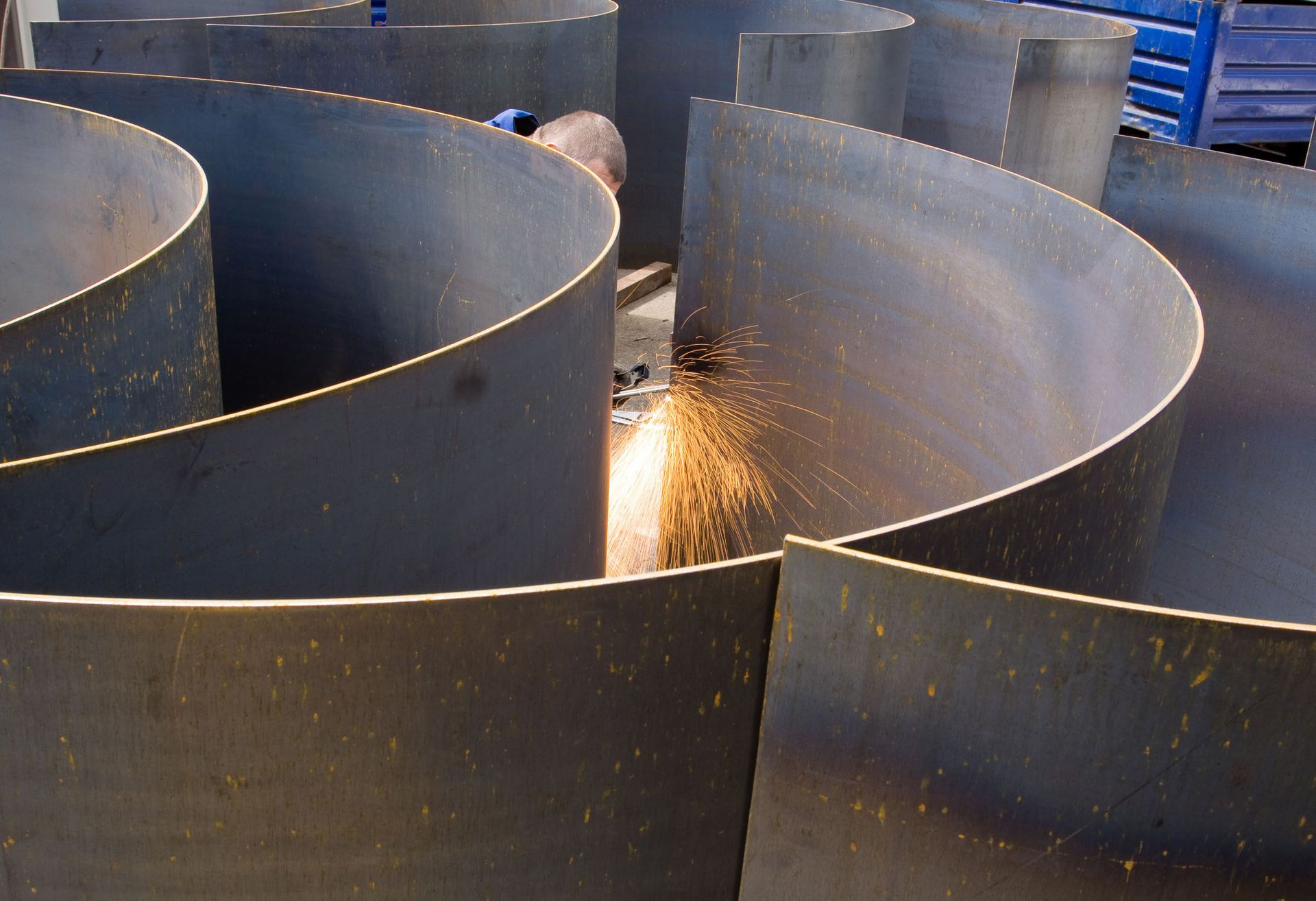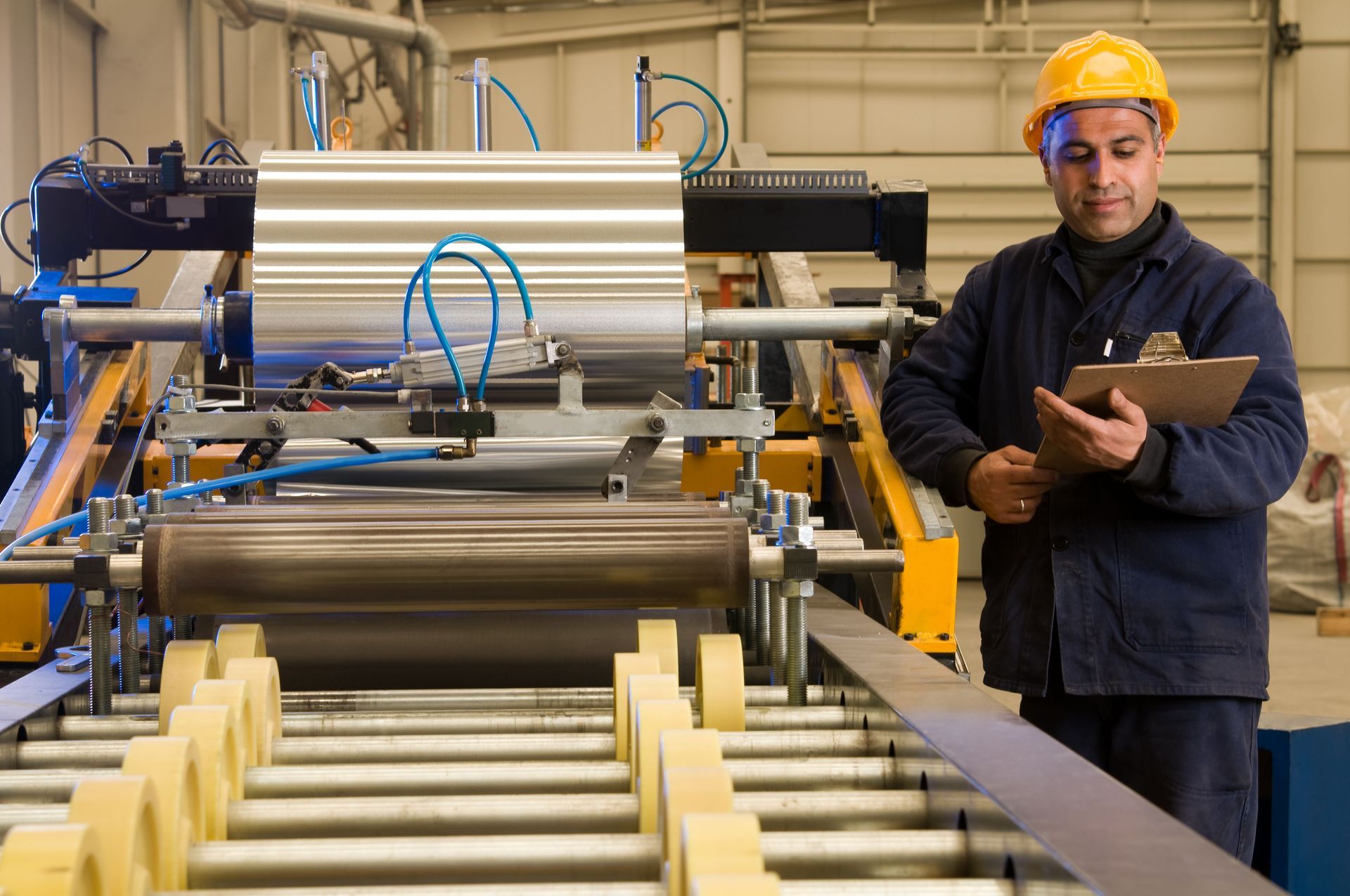3 Facts You Probably Didn't Know About Metal Rolling
By Adam Becht | July 30, 2024
As you may know, metal rolling is a key manufacturing process used to shape and form sheet metal into useful parts and products. The process involves passing the metal through a pair of rolls that apply pressure to deform and reduce its thickness. Here are a few interesting facts about this versatile fabrication technique.
1. The Process Dates Back Centuries
Metal rolling was first introduced into steel production in 1783, according to Britannica. Initially, the metal rolling process involved passing metal between two stones or presses to flatten or spread the material. Modern metal rolling processes use industrial rollers to quickly and efficiently reduce the thickness of metal stock as well as shape it. While the equipment has changed, the basic principle remains similar. Metal stock is passed through a series of powered rollers that smooth, bend, and reform the metal into uniform thicknesses.
2. You Can Expect Consistent and Durable Results
One of the key benefits of metal rolling is its ability to produce consistent, durable metal products. The roller pressure strengthens and compacts the metal’s internal structure, resulting in a product that resists warping and withstands high stress. From aircraft parts to automotive components to beams for construction, rolled metal offers the right balance of strength, flexibility, and durability for heavy-duty applications. The consistency of the process allows for metalworking on a large production scale.
3. A Wide Variety of Techniques Can Be Used
While the basic act of passing metal between rollers is straightforward, there are many different metal rolling techniques tailored to produce specific shapes and forms. Processes like slip rolling use cone-shaped rollers to curve metal into circles or cylinders. Thread rolling forms screw threads into bolts or fasteners. Other approaches, like ring rolling, cross rolling, and helical rolling, create uniquely shaped metal pieces using specialized tooling and roller patterns. Mastering all the nuances of various rolling methods allows metal fabricators to shape rolled metal into whatever their designs demand.
With its efficiency, precision, and flexibility, it’s easy to appreciate why metal rolling has been a go-to manufacturing process for centuries. Whether your project calls for curved sections, flat sheets, or complex ribs,
metal rolling can deliver the shapes and forms you need. Call Ward Forging Company today to learn more.




Share On: